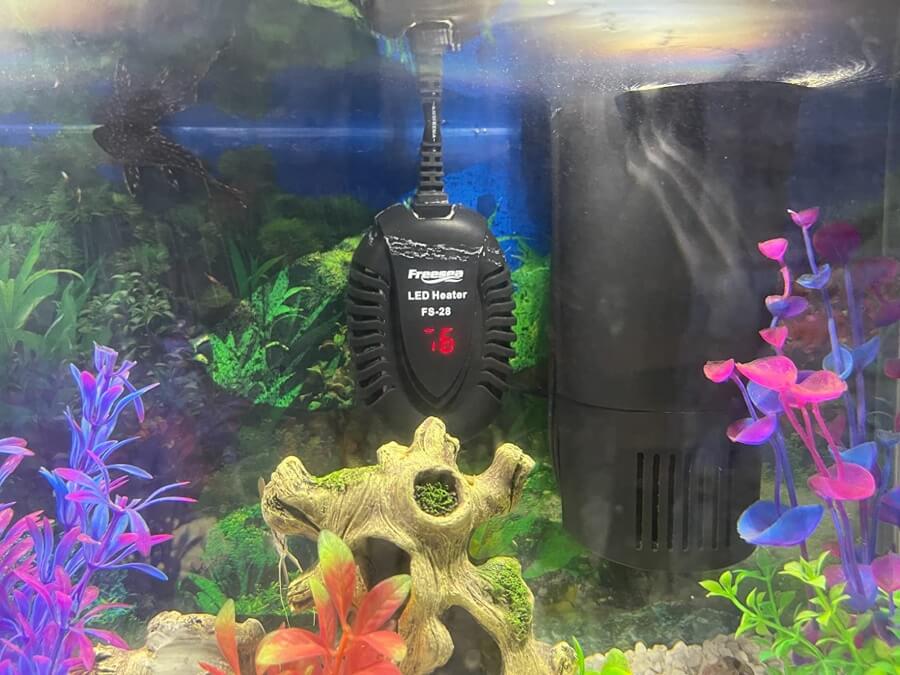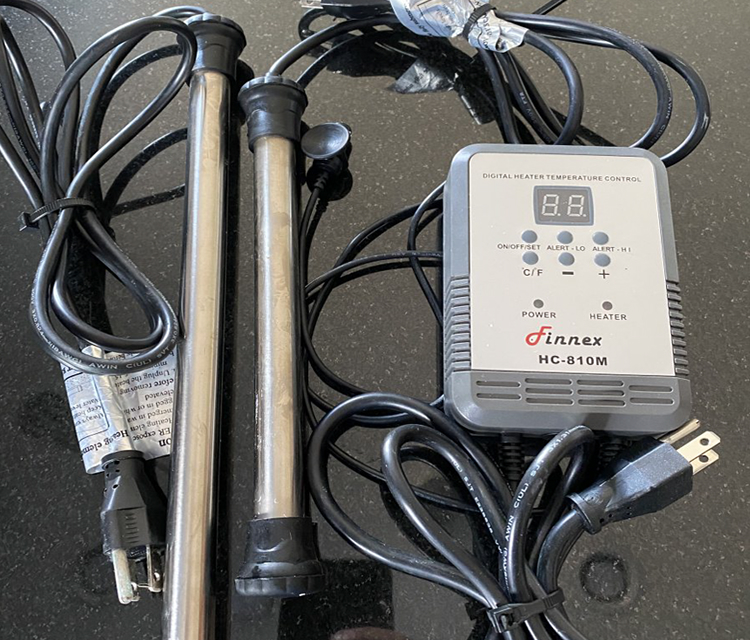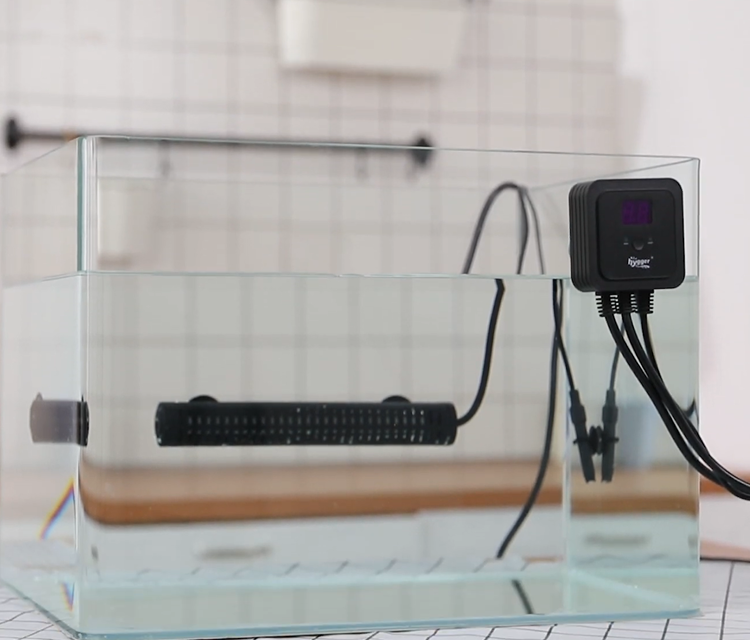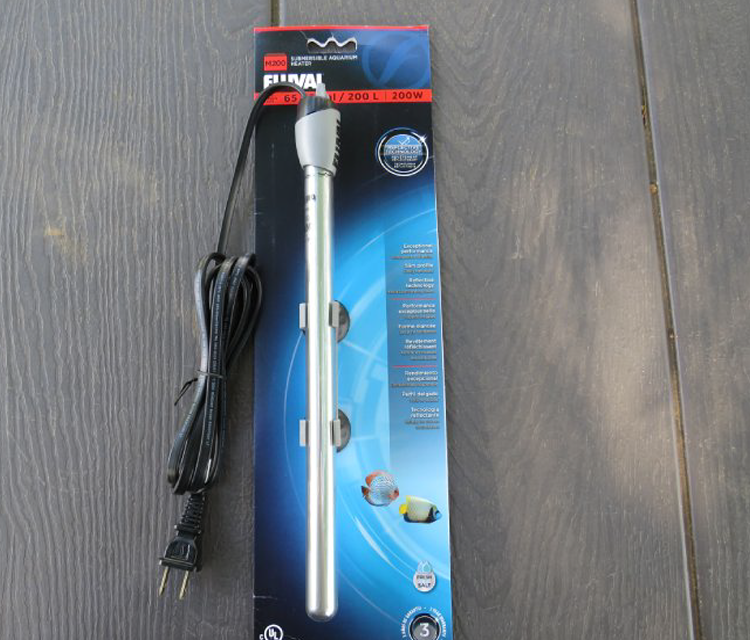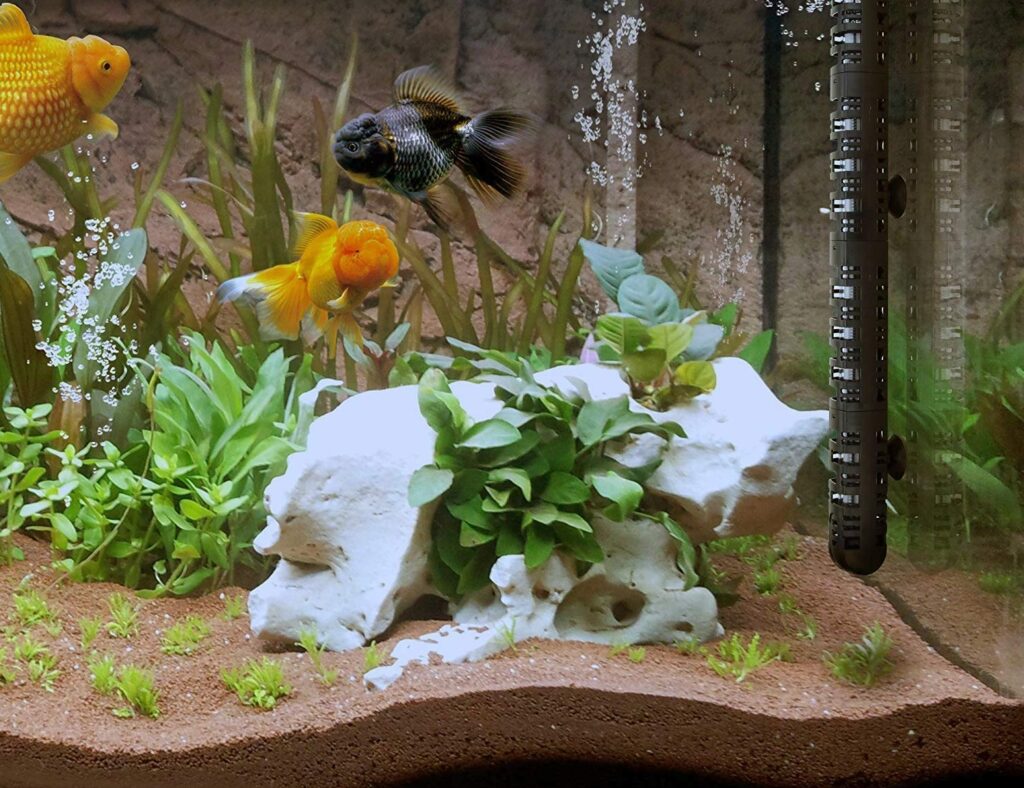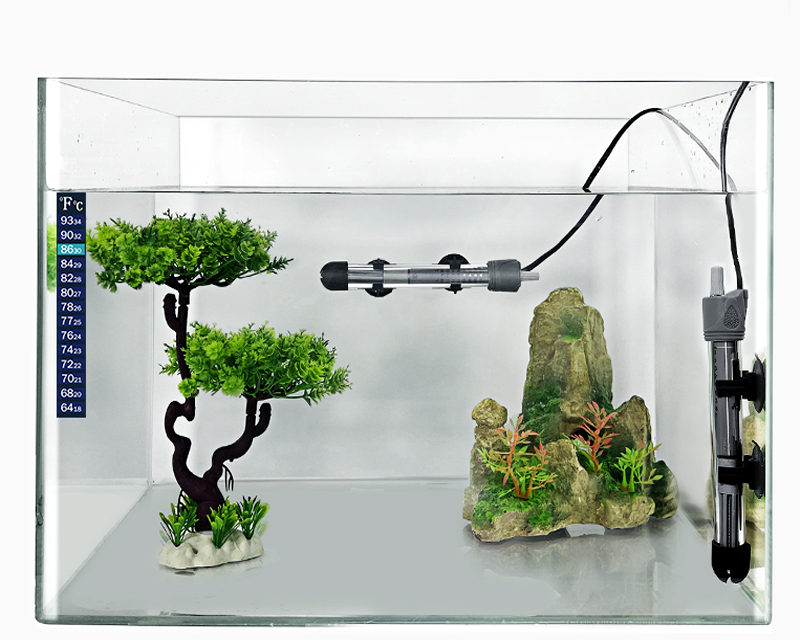

An aquarium heater is one of those pieces of equipment you buy to ensure the comfort of your fish. After all, they are cold-blooded Trusted Source Cold-blooded - Wikipedia Cold-blooded is an informal term for one or more of a group of characteristics that determine an animal’s thermophysiology. en.wikipedia.org , which means that, unlike mammals, they cannot regulate their body temperature internally. They, instead, depend on external sources of heat such as the sun and warm water.
That said, it’s very easy for an aquarium heater to stop working without the owner being any the wiser. Consequently, a common question we come across among fish keepers is, “how do I know if my aquarium heater is working?” Well, you can find out below.
Like we said, fish don’t have any means of controlling the temperature of their body. In the wild, they compensate for that by coming up to the water’s surface so they can feel the heat from the sun. This is something that they might not have access to when they are in a fish tank in your home.
Also, even the sun might not be enough to keep them warm during the winter. This is where an aquarium heater comes in. You get one, slide it into the fish tank, and set the temperature so the fish can always be comfortable.
That said, you likely wouldn’t know whether your aquarium is working or not if you don’t check on it regularly.
Of course, if you search for water heaters on Amazon, there are quite a variety that will pop up. The different types include hanging heaters, in-line heaters/filter heaters, and finally, substrate heaters. These heaters work differently on the design.
Hanging/immersion heaters are just as the naming suggests. The upper section of the heater is attached to the top of the fish tank. However, the rest of the device is submerged into the water. As for the submerged component, it contains a heating wound around a glass insert.
Additionally, the glass tube also plays host to an adjustable thermostat. Consequently, the device turns on and off depending on the water temperature in the fish tank. Next, we have the in-line aquarium filter. During installation, this tool is placed in the tubing that leads back to the tank from a sump or a canister filter.
These heaters tend to contain a button for temperature control, an indicator light, and sometimes even a display. Like the immersion heaters, they also turn on automatically depending on the temperature of the water.
According to reviewers, the CORISRX external is an excellent in-line water heater for the canister filter set up in your aquarium. It is seemingly available in 150W, 300W, and 500W options, with the more powerful options being designed for larger tanks. Also, the manufacturer assures users that there is no risk to the machine if the line runs dry for a few seconds. After all, it does come with built-in safety mechanisms that sense this and cause it to shut down.
Lastly, we have substrate heaters. These are placed on the glass floor of the tank just underneath the substrate. The water rises as it is heated and is replaced by colder water. This will continue until the whole tank is at the right temperature.
When you start suspecting your aquarium heater of being broken, there are a couple of ways to make sure. First, you check for visible signs of the heater’s working condition. For instance, most of the modern heaters available come with a light.
The Aqueon brand of submersible aquarium heaters, for example, tends to come with red or green lights. These turn on when the heater is working and turn off when the desired temperature is reached. The Aqueon 100528588 is one of those offerings from the brand that comes highly recommended by users. An LED light is, of course, present, and it comes with shatterproof glass construction.
As a side note, this heater is safe for your aquatic animals since it features overheat protection and automatic safety shutoff. That said, it won’t be as simple for you to see the indicator light in some of the other heaters available. They include a metal covering over the indicator light. As such, it may be impossible to see whether the light is on or off.
While this is the first method to check whether the machine is working, sometimes the light may be misleading. You can confirm this using a secondary check such as the thermometer or hand test.
For the thermometer test, make sure the device is in top working condition for the most accurate results.
Also, for this check to be successful, the heater must have been off for a while before the test. The water temperature will be lower, and thus any changes caused by the heater will be more apparent. Once the temperature is low enough, turn on the heater and introduce the thermometer.
Notably, the temperature will take some time to rise. As such, it might be a good idea to note down the base temperature then check in after 24-48 hours. Remember that fish tanks are relatively large, and thus the water in them may take a while to heat up.
If you don’t have enough patience to wait more than a few hours for results, there is another workaround as well. This method involves using a small bucket. Fill it up with water, and then check the temperature. After you record the temperature, remove the heater from your fish tank and put it in the bucket before turning it on.
The temperature changes will be much more drastic in this setup since the device is heating a lower amount of water. However, these devices are not meant to heat the water drastically as that may harm the fish. Consequently, you should still wait an hour or two before you check the temperature a second time. If the temperature has risen significantly, the machine is probably in good working order.
Also, the bucket method is likely only possible if you have an immersion heater. After all, you can’t remove the in-line and substrate heaters from the tank to put them in a bucket.
Suppose you don’t have a thermometer. What then? Well, there is another way to see if the heater is working using only your hands. For starters, wash your hands with cold water since you don’t want to introduce microorganisms to the tank. Additionally, cold hands will make it easier to catch a temperature change.
Turn the aquarium heater on and put a hand in the tank. Try to place it as far away from the heater as possible, then gradually move it to the heat source. As you get closer, you should feel a slight temperature difference. The water closest to the heater should be the hottest.
You are advised to be cautious as you’re moving your hand since the slightest mishap will lead to you touching the device and possibly burning your hand. However, this is only if the heater is working. However, if you’ve ascertained that it isn’t, there is likely no risk to touching it.
For heater options that come with a thermostat, you can also check to see if they turn on automatically. For this, you first check the temperature of the water and the room. Once you’ve noted that somewhere, remove the heater and set it at a higher temperature.
Put it back in the tank and then check to see if the heater will turn on automatically. You can check the light, use a thermometer or even your hand to ascertain this. Remember to position your tank away from direct sunlight since the heat from the sun can skew your test results.
If your heater isn’t working as it should, you have to find out why before you can attempt to remedy the situation. One fairly common reason for the heater not to work is that it is faulty. This is especially true if it is new. Admittedly this is not your fault, and you shouldn’t have to bear the consequences. If the manufacturer or vendor sent you a defective heater, they should replace it. This is why products with warranties and guarantees are preferred.
If you retained the receipt and original packaging, it should be a simple matter to send it back to the vendor for either a replacement or a refund. You as well might have damaged the product by not following proper procedure when cleaning your aquarium.
Usually, you’re advised to unplug the heater before you empty the fish tank for cleaning. However, some of you forget to do that. Consequently, there is a drastic temperature change in the area surrounding the heater, causing it to break.
A third reason why your heater might not work is that you’re overworking it. This is common, especially for older machines and those that have overheat protection. The internal components may be too hot to work, and in this case, the remedy is to let the tool cool down before attempting to restart it.
Finally, the heater’s construction might not be heatproof. In some cases, the heater will have to deal with constant changes in the surrounding temperatures. If the device is not heatproof, these changes are extra taxing to the heater and may lead to its eventual breakage.
First, consider getting an aquarium heater cover. These protect the heater from contact with any other features or fixtures in the aquarium. These include the glass, decorations, fish, or plants in the tank.
Another important aspect of taking care of your aquarium heater is following the installation instructions. They should be provided in the heater package once it arrives from Amazon. If not, you can call the manufacturer’s customer care line and ask for assistance with the installation. This will also prevent you from doing anything that might void the guarantee.
Get a multiway socket for your aquarium. You, of course, realize that the electrical accessories for your fish tank are numerous, and they need more than one wall socket. Extension sockets are not ideal since they tend to sit under the fish tank. Consequently, it’s very easy for water to spill on them and cause a fire. Multiway sockets, on the other hand, sit on the wall.
While it may seem like it has nothing to do with keeping your aquarium heater working, you should also clean your fish tank regularly. With a cleaner tank, the appliances added should work a lot better. This is inclusive of the filter, lights, and even the aquarium heater.
As a side note, you can electrocute yourself or cause a serious accident if you forget to unplug these accessories before attempting to clean the tank.
So what do you do if your Aqueon heater is not working and you can’t return the machine to the seller? Our advice is that you should look for funds and buy a new one. Some attempt to repair the fish tank heaters at home. However, given the electric nature of the device, you’ll end putting both you and your fish at risk by doing this.
For the most part, aquarium heaters are safe for you and your fish. However, there are some best practices to ensure they remain that way. One example is you shouldn’t clean the tank while the heater is still plugged in.
Also, don’t try to repair the device yourself if you suspect that it is damaged. This may end up causing more harm than good to both you and the device. It’s also a good idea to buy top-of-the-line aquarium heaters with safety features. Something like an auto turn-off feature that activates when the device overheats can add an extra layer of security to using the device.
How do I know if my aquarium heater is working? The write-up above should give you some insight into that. Additionally, you get some advice on how to keep the tool in tip-top working condition. If you have any additional questions about aquarium heaters, do not hesitate to ask in the discourse section below. We will also be happy to answer additional questions on fish care that you might have.
